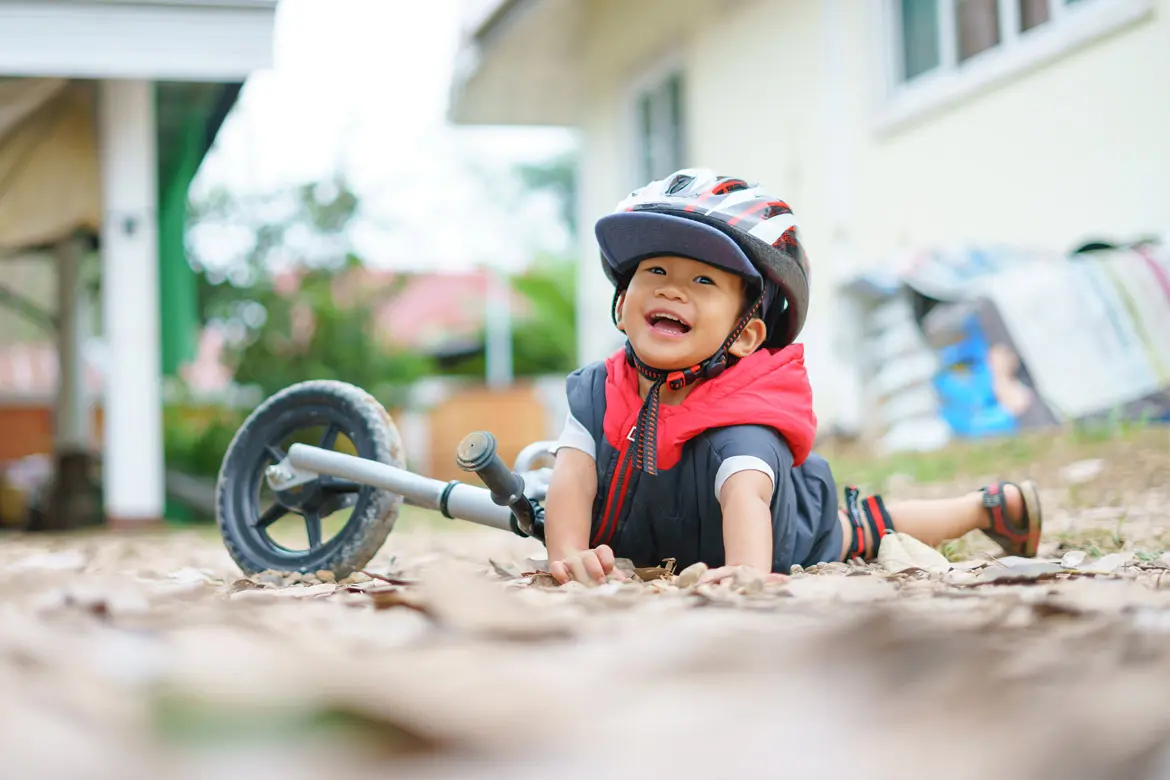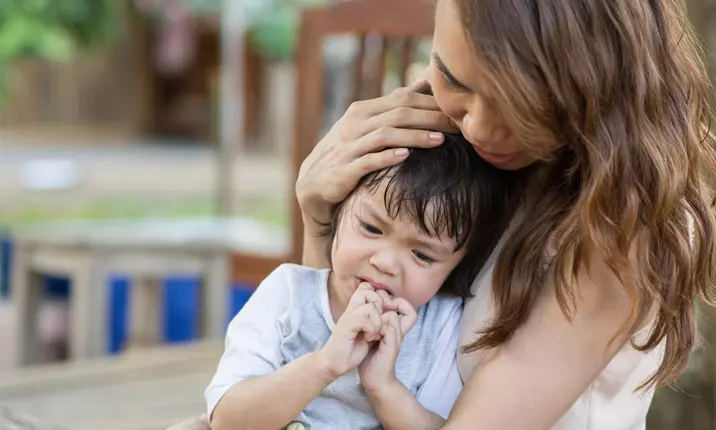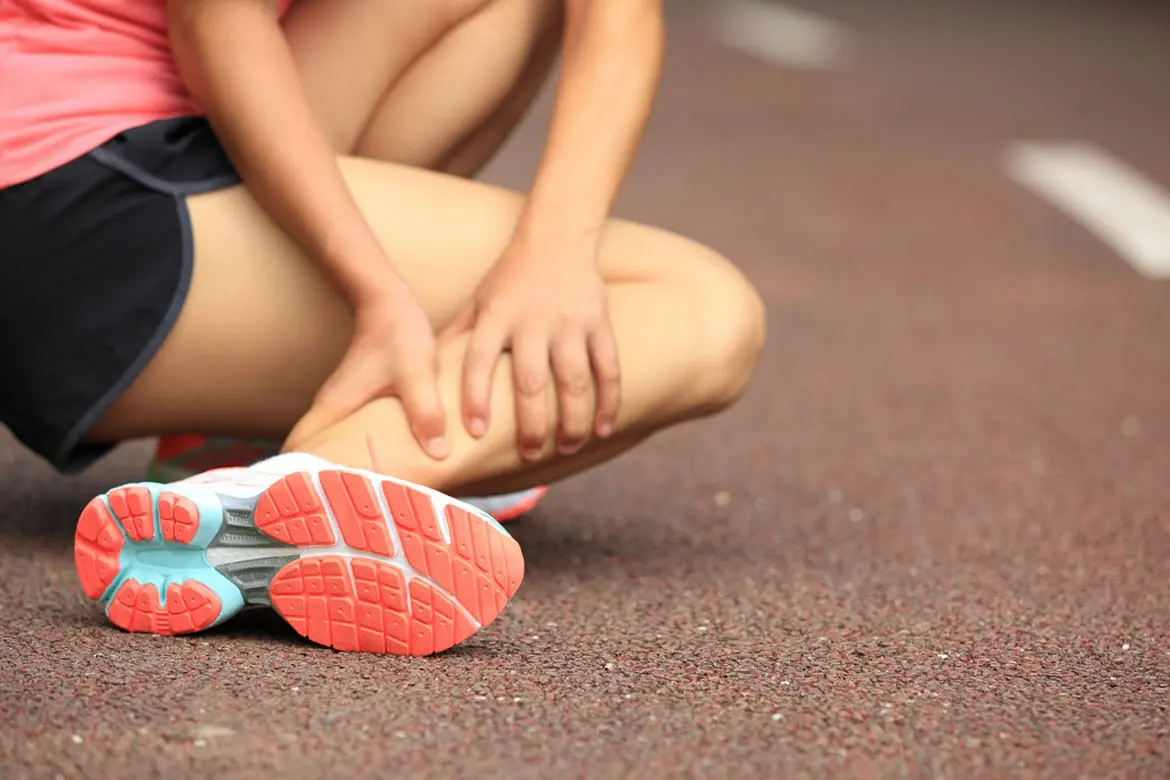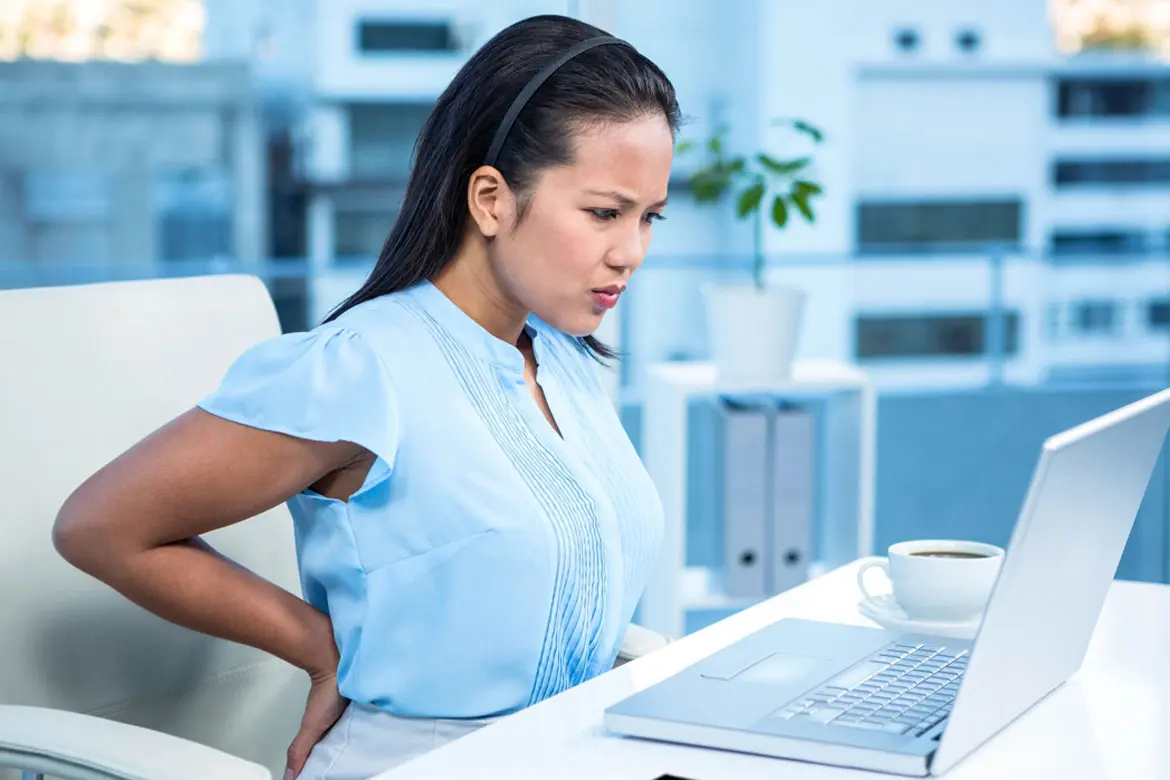Toddler falls and bumps on the head
For a child, an adventure awaits them every day. And as with any epic adventure, accidents can and do happen. Your child's insatiable curiosity for the world around them, coupled with their need for constant motion, is not something you can control.
Children often bump or bang their heads, especially for babies or toddlers who are just starting to crawl or walk. Thankfully, 90% of childhood head injuries are considered minor and can be managed with home remedies. Here are some simple steps parents can take to promote fall safety and minimise injuries when falls happen.
When to go to the Urgent Care Centre (UCC) after your baby bumps their head
If your toddler has suffered an obvious open head injury or loses consciousness, it is obvious that you should seek medical attention immediately. But when there appears to be no physical sign of injury, the line is a little more blurred. In such cases, you should seek medical attention if you notice any of the following warning signs within a week of a fall.
Your child is:
- being inconsolable
- complaining of a headache
- constant severe headache
- continually rubbing their head
- drowsiness
- experiencing sensitivity to light or noise
- having a loss of balance
- having pupils that aren't the same size
- having yellow fluid coming from their nose or ears
- persistently vomiting or feeling sick
You should also seek immediate medical attention if you notice a bulging of the soft spot on the top of your child's head or if their sleeping patterns change in the week following a fall.
Causes of head injuries and why babies bump their head
Babies are more prone to falls and knocks as their heads are often proportionately larger than their bodies, making it easier for them to lose their balance.
Additionally, as their physical strength and abilities are still developing, they are usually still unstable and uncoordinated in their movements.
Some common scenarios where babies can bump their heads include:
- Slipping in the tub or on wet floor
- Falling off a bed or changing table, or out of the crib
- Falling after climbing on furniture
- Falling down from the stairs
- Falling while using an baby walker
- Falling from high playground structures
Symptoms and types of fall-related head injuries in toddlers
There are many types of head injuries that can be acquired from a fall.
Mild head injuries
Mild head injuries are those that don't involve any skull fractures or underlying brain injuries.
After a minor bump in the head, the first thing that usually happens is that your baby cries. After crying, they may seem a little quieter or withdrawn than usual. This may last for up to 30 minutes.
The skin where the bump happened is also likely to immediately turn red. There may be bleeding from a cut or laceration. Gentle pressure can be used to stop the bleeding. Medical attention may be needed if the bleeding doesn't stop or when your baby starts to look pale and weak.
Within a few minutes or hours, you may see a "goose egg" start to form where the bump happened. There is no need to be worried about this as long as your baby is otherwise active and well. They may experience headache and discomfort, which might manifest as increased fussiness or difficulty sleeping.
Moderate to severe head injuries
Moderate to severe head injuries are those which involve the brain. These include:
- Skull fractures
- Bruising of the brain (contusions)
- Shaking of the brain (concussions)
- Bleeding in the brain or the surrounding layers
Concussions are the most common and least severe type of traumatic brain injury. Signs of a concussion can include:
- Headaches
- Losing consciousness
- Changes in alertness
- Nausea and vomiting
In very rare cases, severe head injuries can involve a fracture of the skull resulting in pressure on the brain. This also can cause swelling, bruising or bleeding around or inside the brain. Under these circumstances, emergency medical attention is needed to reduce the potential for long-term brain damage.
How to treat my baby's fall injury
Though it is hard for a parent to not overthink a fall, not all falls are emergencies. Here are steps you can take If your toddler doesn't have any of the symptoms that require emergency medical attention:
- Comfort your toddler while looking for any signs of injury
- Let your toddler rest under your supervision as you monitor for any unusual symptoms or behaviour
- Place a cold compress on any bumps or bruises
Tips to prevent head bumps and injuries
Keeping your toddler safe from falls requires more than just blind luck. Here are a few steps you can take to promote fall safety and minimise injuries both around the house and outdoors:
Indoors:
- Apply non-skid strips to the bottoms of bathtubs
- Avoid accordion gates, which can trap a toddler's head
- Don't use a walker for an infant or toddler
- Move furniture away from windows to prevent toddlers climbing onto sills
- Never leave a baby unattended on a changing table or bed
- Never leave a child alone around stairs
- Remove all loose rugs
- Use childproof window guards
Outdoors:
- Childproof your outdoor playground equipment (eg. no loose parts or rust)
- Ensure playground surfaces are shock absorbent. (e.g. sand and wood chips)
- Ensure sidewalks and outdoor steps are clear of clutter
- Hold your toddler's hand when using an escalator
- Never allow a toddler to play on a trampoline, even with adult supervision
- Only put your toddler in a shopping cart with a designated seat with a safety belt
When in doubt, rush down to the UCC
It can be difficult to make sound and rational split-second decisions when you witness your toddler take a hard fall for the first time. (It doesn't get easier). If you ever find yourself in doubt, it is advisable to bring your toddler in to the Urgent Care Centre (UCC) for a clearer diagnosis.













